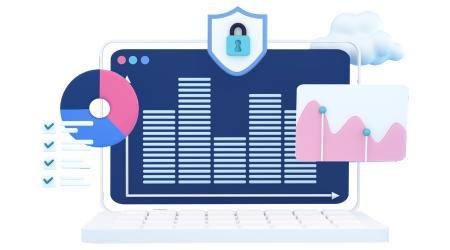Security | Threat Detection | Cyberattacks | DevSecOps | Compliance
Compliance
SOX VS SOC - Mapping the Differences
Let’s explore the critical differences between SOC and SOX compliance. In the realm of information security and financial reporting, compliance enables organizations to build trust and transparency with stakeholders. To accomplish this, companies must adhere to specific regulations and standards. SOC and SOX represent two pivotal compliance frameworks that help maintain financial reporting integrity and data security.
Preparing for DORA
How to Conduct an ISO 27001 Risk Assessment
Welcome to our comprehensive guide on ‘Conducting an ISO 27001 Risk Assessment’. This blog is designed to equip you with effective strategies for a successful risk assessment, incorporating the principles of ISO 31000 risk management. Risk assessment is a vital component of a robust information security framework and is in alignment with ISO 31000.
Tackling the 2023 SEC Cybersecurity Rules
The new rules from the U.S. Securities and Exchange Commission (SEC) on reporting mark a significant shift in the requirements for disclosing cyber breaches, leaving many businesses wondering how their cybersecurity practices will be impacted in the long run. These new rules create significant new disclosure obligations for public companies, requiring timely and detailed disclosures of material cybersecurity incidents and periodic disclosures about cybersecurity risk management and governance.
Fireblocks Expands On-Chain Digital Identity and Programmable Compliance Team
At Fireblocks, a strong commitment to regulatory compliance has always been at the core of our operations. That’s why we’re excited to announce that we’re building out our On-Chain Digital Identity and Programmable Compliance Team, with the strategic appointments of Peter Marton, Director of Digital Identity, and cryptography expert Chaitanya Reddy Konda, Senior Technical Product Manager, Digital Identity and Privacy.
The Role of AI in Your Governance, Risk and Compliance Program
In today’s rapidly evolving business landscape, organizations face an ever-increasing array of risks and compliance challenges. As businesses strive to adapt to the digital age, it has become imperative to enhance their Governance, Risk Management, and compliance (GRC) strategies. Fortunately, the fusion of artificial intelligence (AI) and GRC practices presents a transformative opportunity.
HIPAA Disaster Recovery Planning
In the digital era, Electronic Health Records (EHRs) are crucial in healthcare, making Electronic Protected Health Information (ePHI) an essential asset. However, ePHI is vulnerable to threats like cyber attacks and natural disasters, making disaster recovery planning (DRP) vital. Healthcare organizations must implement HIPAA-compliant DRPs to protect ePHI, ensuring continued operation during disasters.










